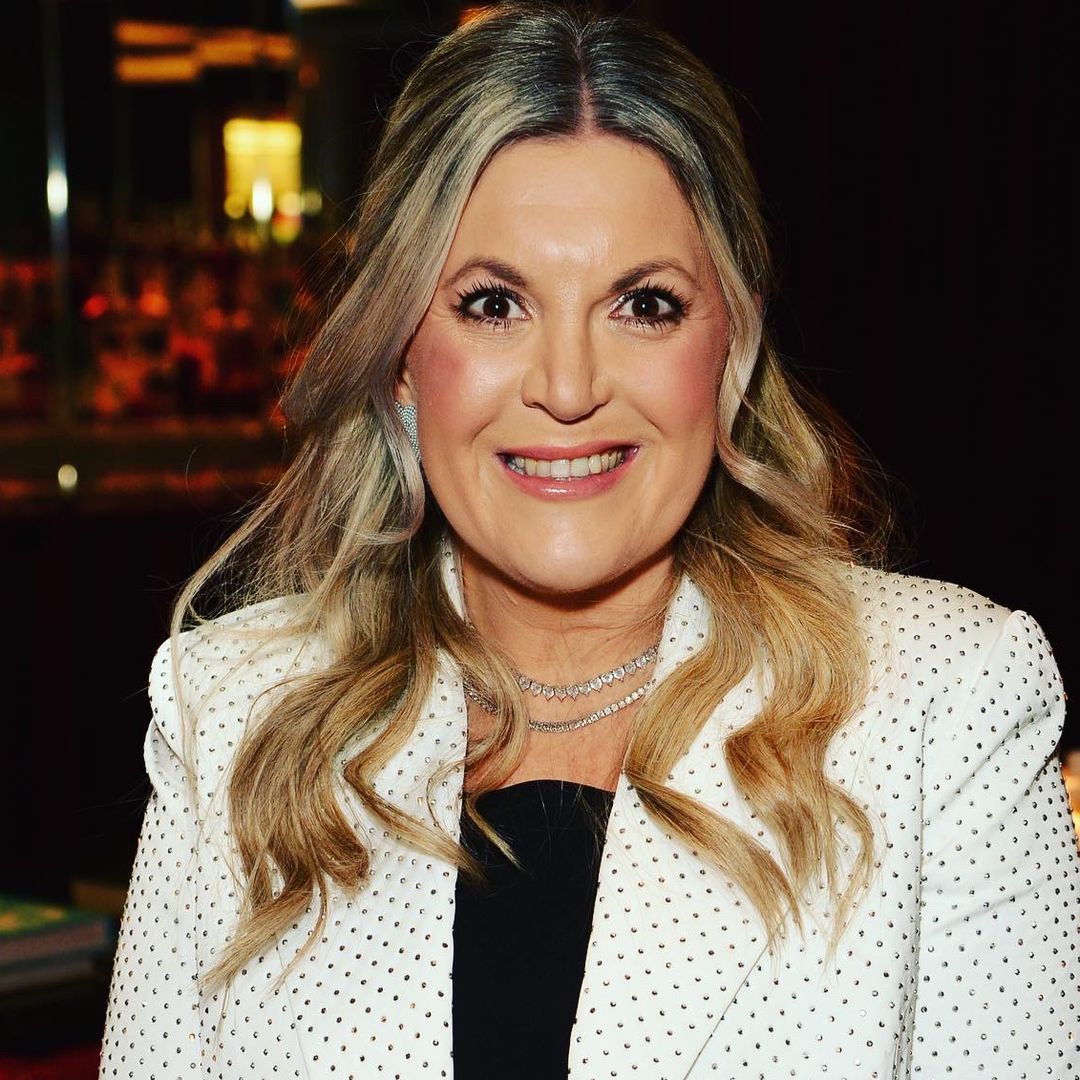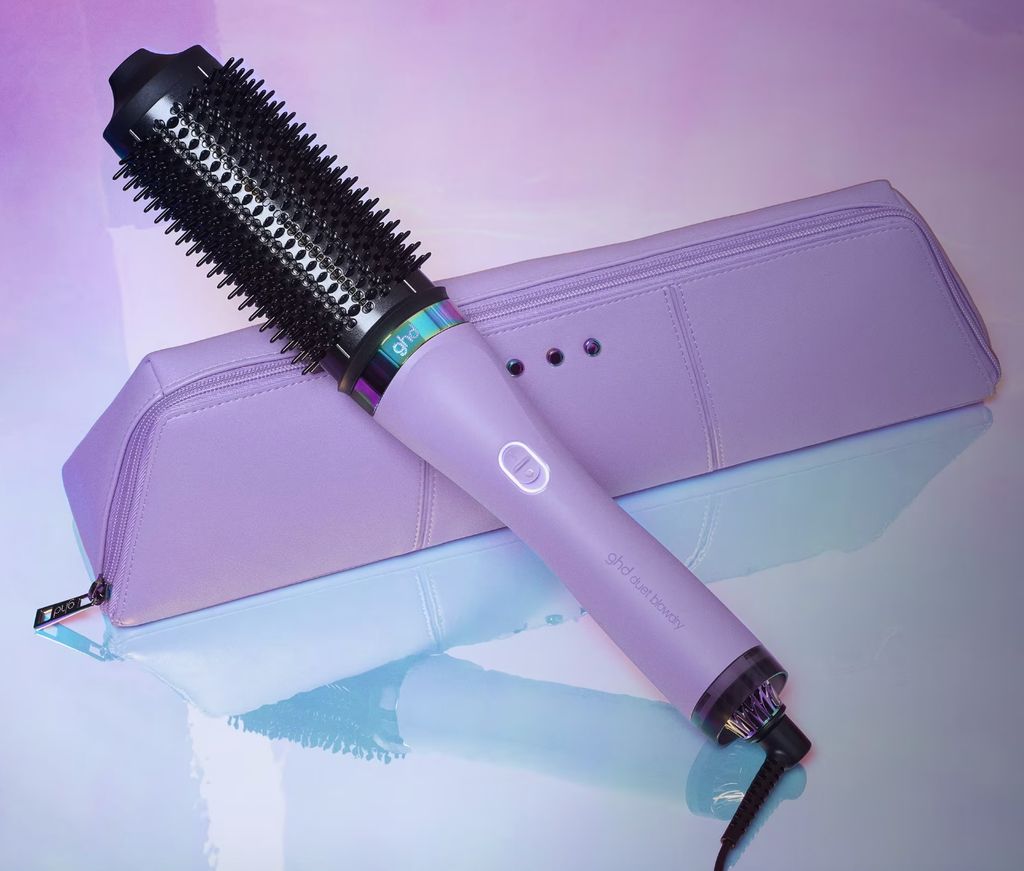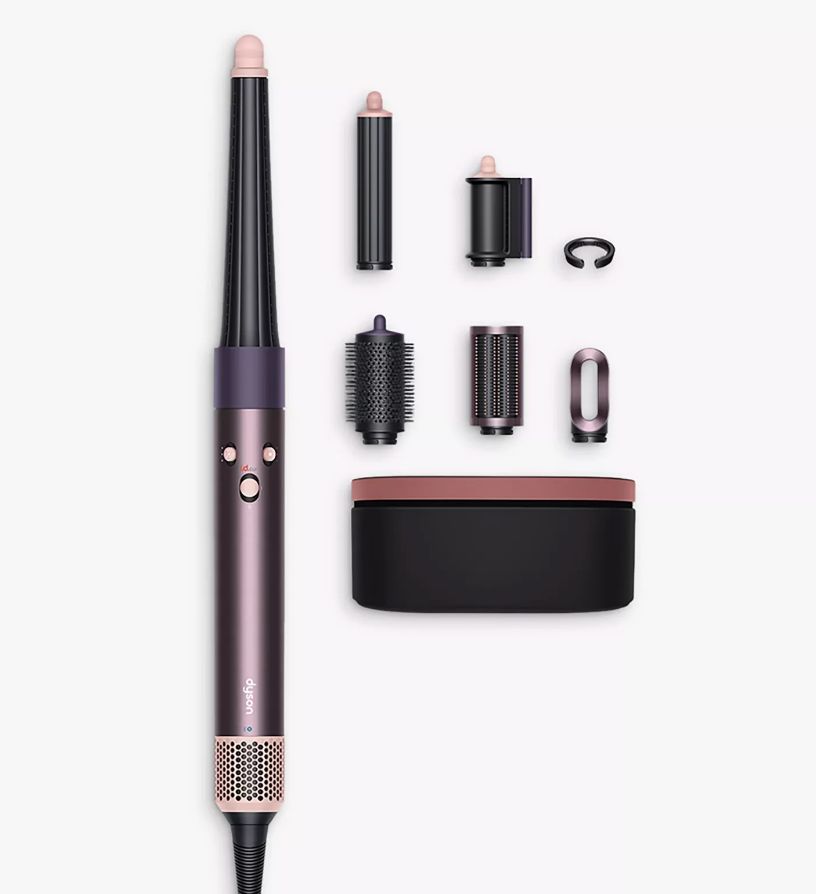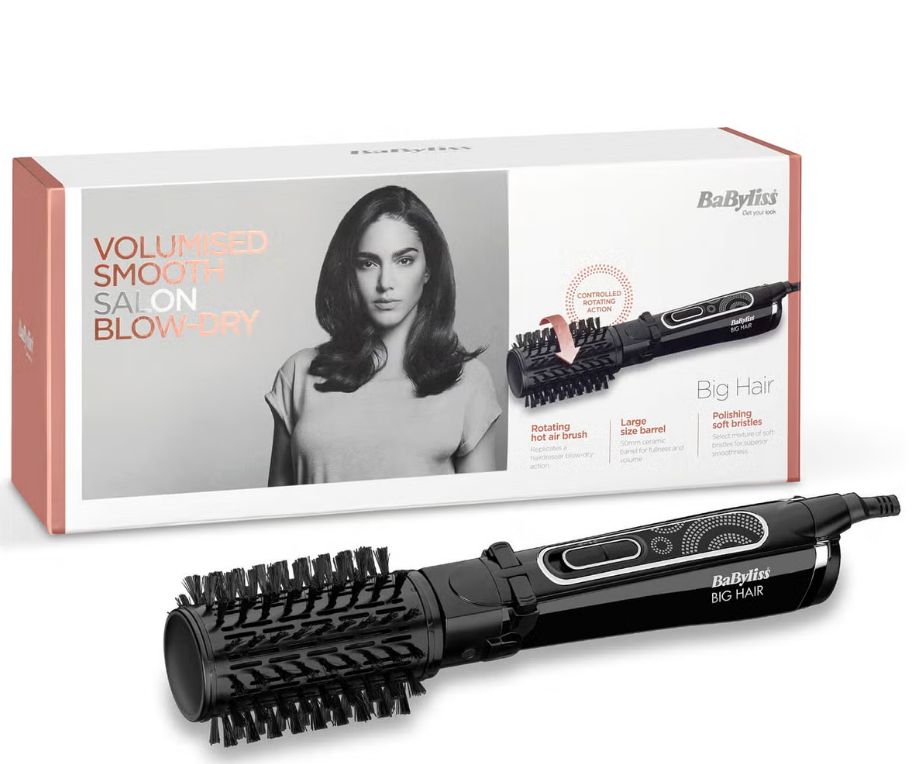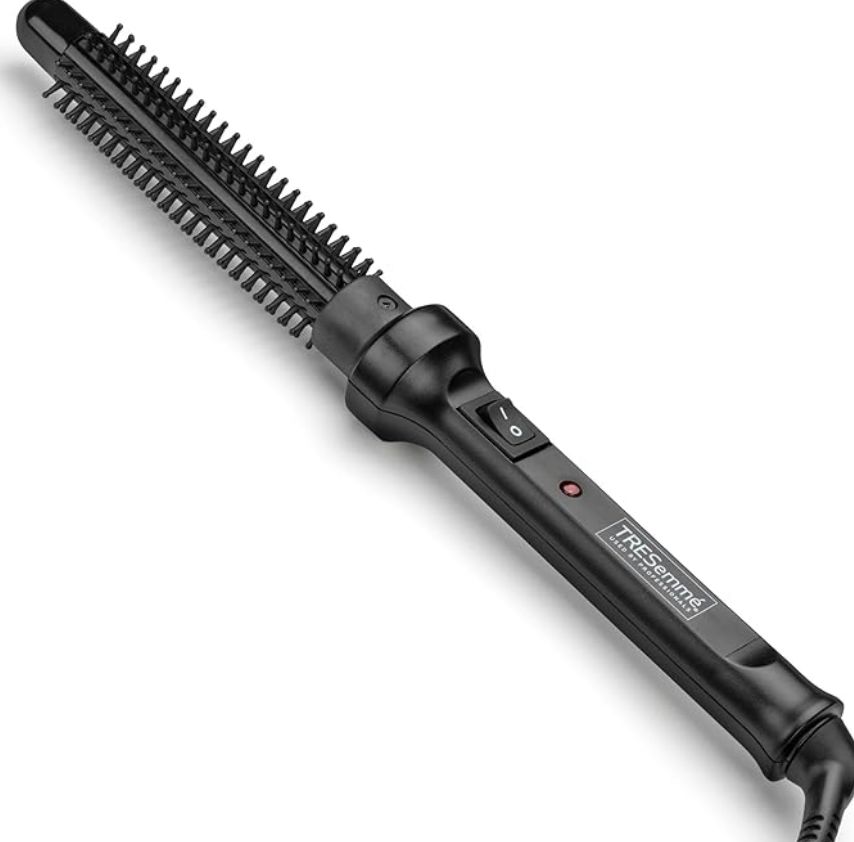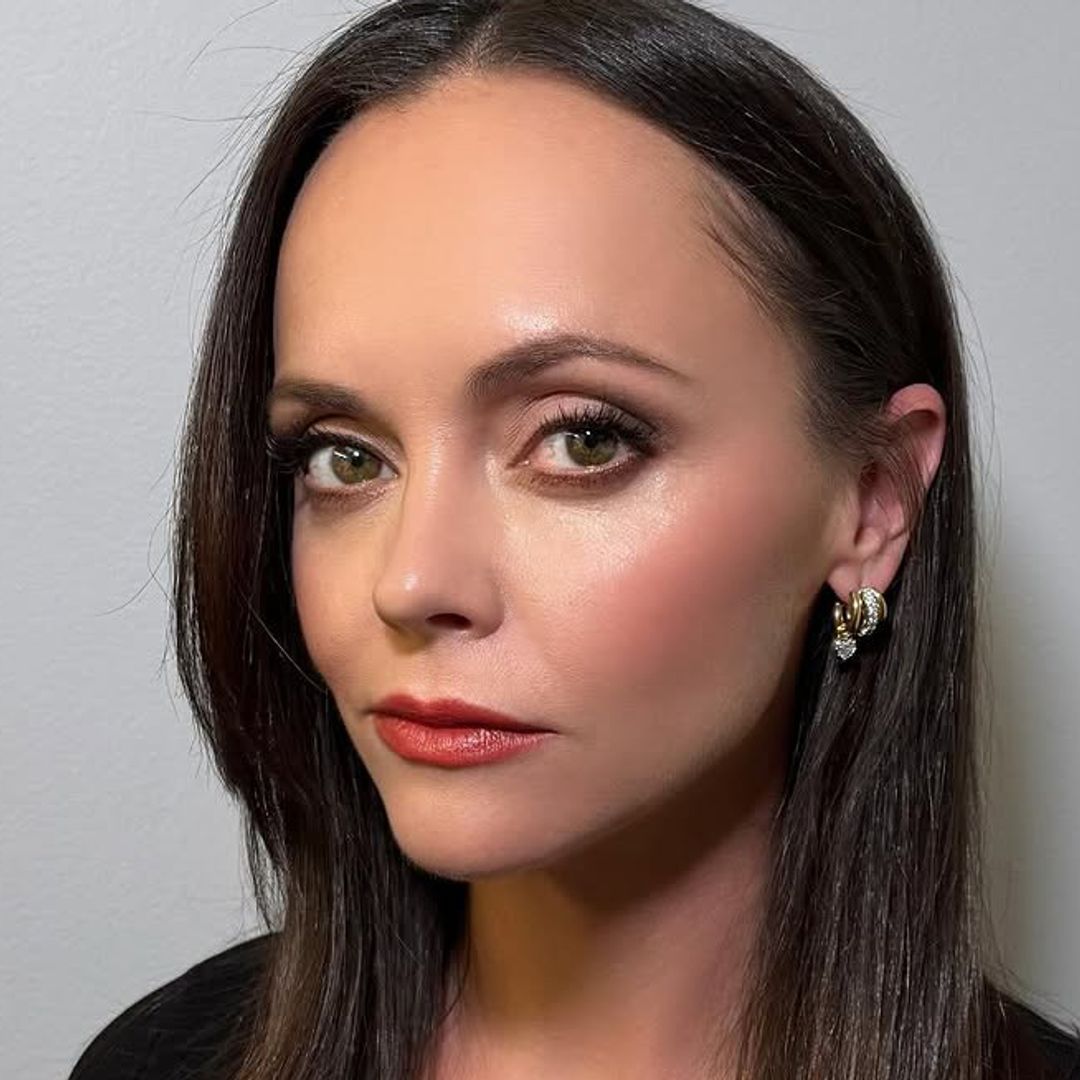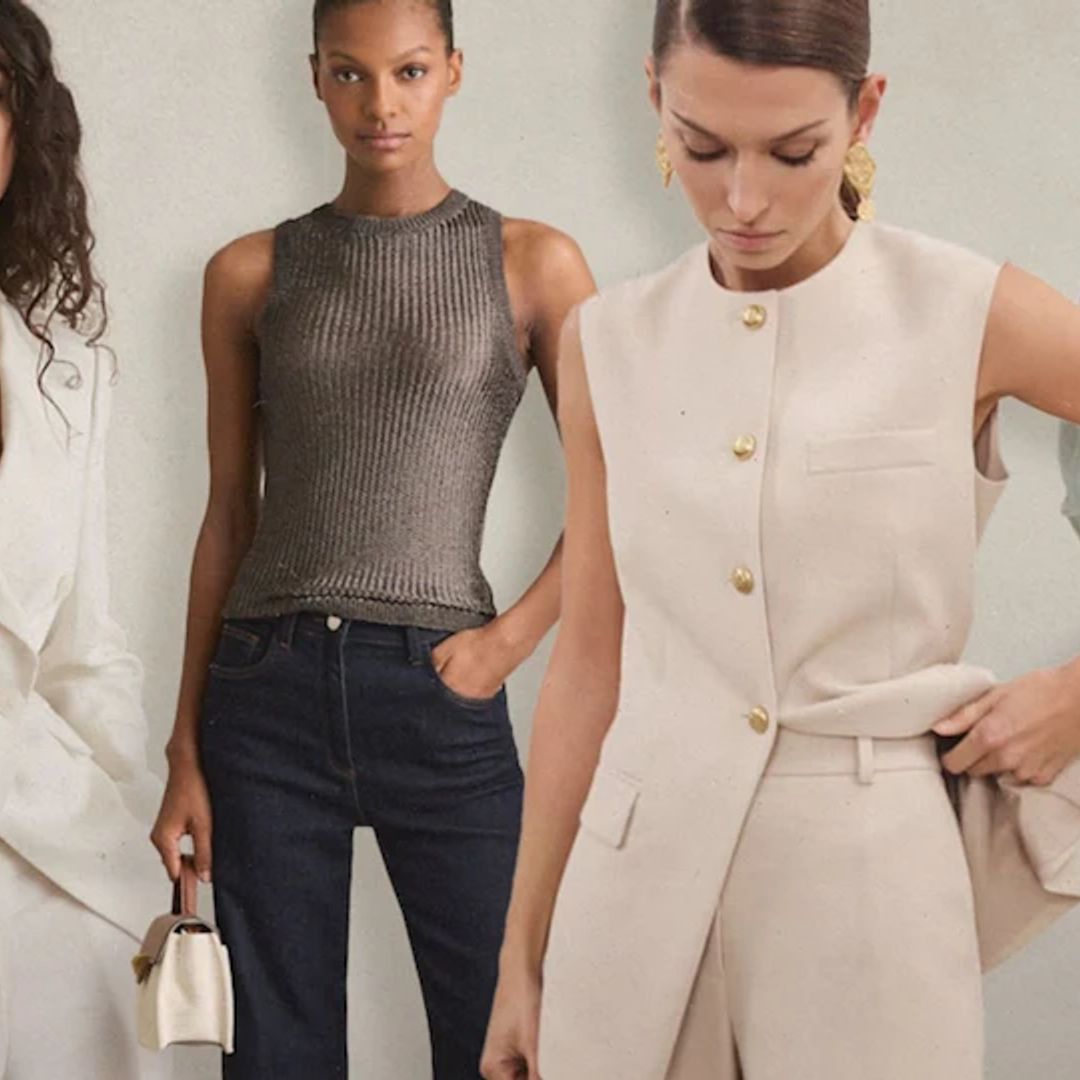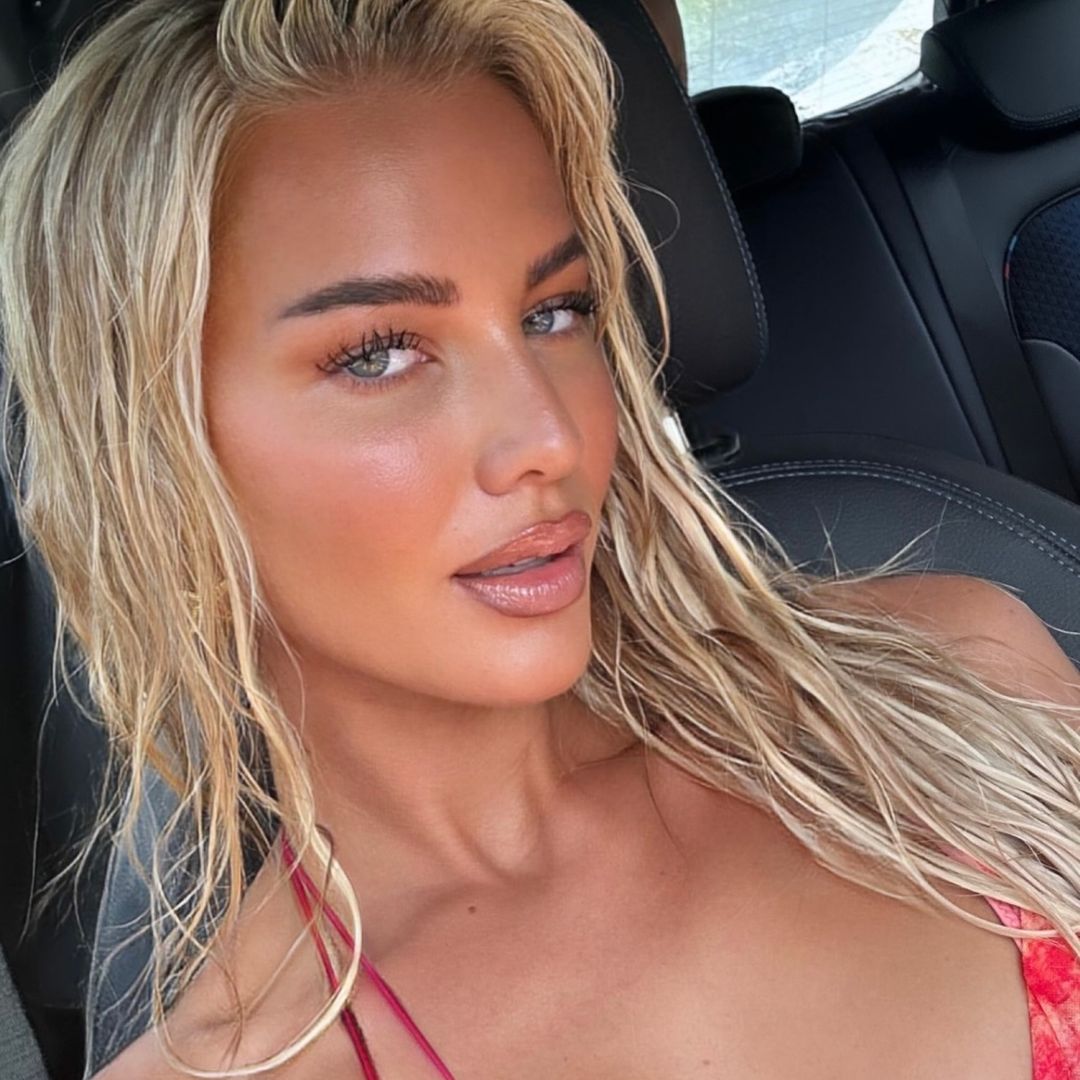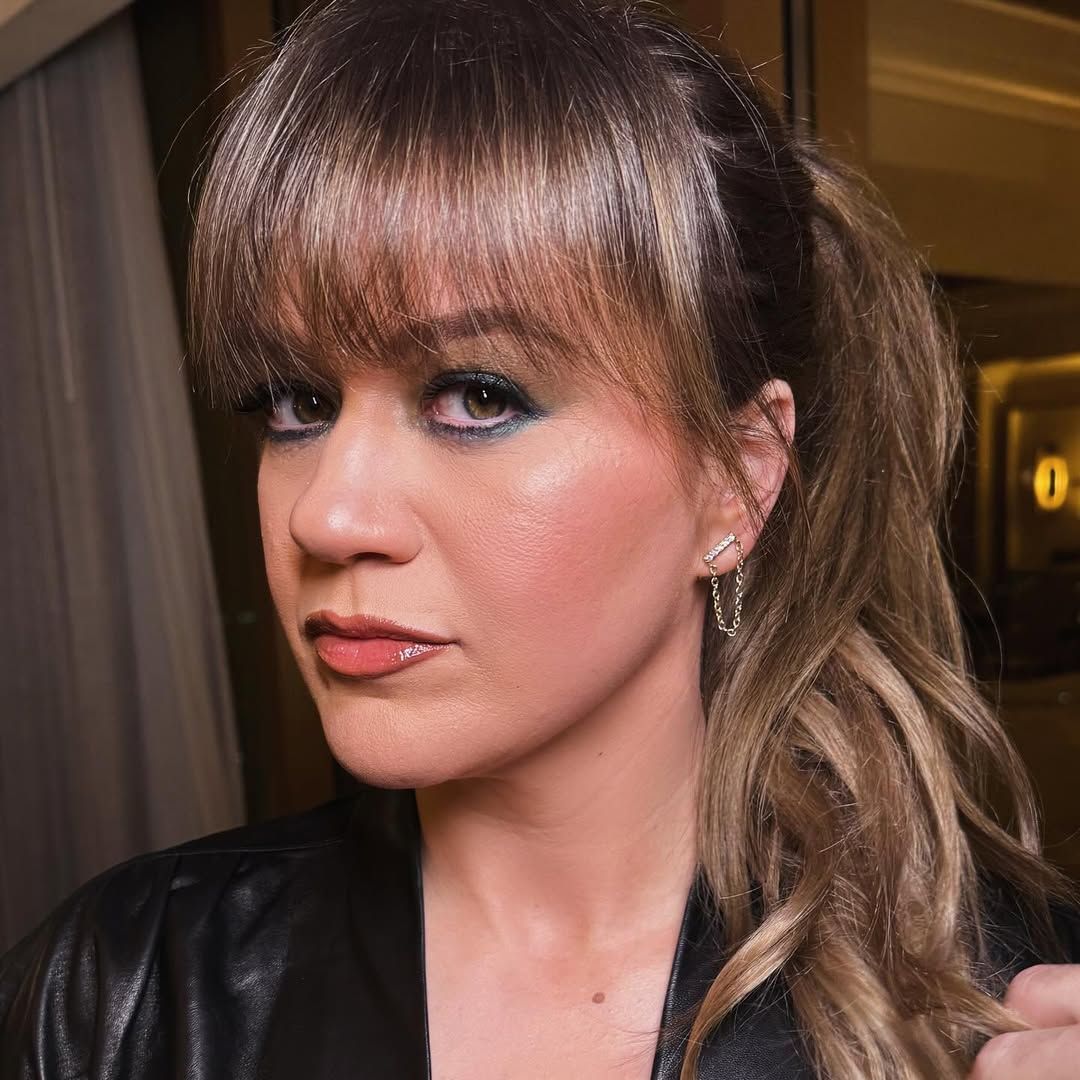The hot brush combines the smoothing power of a hairbrush with the heat of a styling tool, making it easier than ever to achieve blowout-level volume, sleek strands, or bouncy curls—all in one step.
I'm personally a big fan of using a hot brush. I suffer with frizz and wiry grey strands, so I really need all the help I can get when it comes to doing my hair myself. I also love using a brush for a root lift - my goal is to always look like I have rich-woman hair - and my trusty hot brush works its magic every time.
How we chose the best hot brushes
- Top rated: I've only chosen hot brushes from brands I know and trust, either bestsellers with top reviews or products used and loved by members of the HELLO! Team.
- Variety: I've included a range of options from hot brushes designed to create bouncy waves to those intended for sleeker styles.
- Price: Everyone has a different budget, so I've catered to various different price points.
- Best for long hair: Dyson Airwrap i.d. Straight+Wavy Hair Styler, £449.99 / $599
- Best for short hair or fine hair: TRESemme Ceramic Hot Brush, £16 / $31.40
- Best for curly hair: Revlon Salon One-Step Hair Dryer and Volumiser, £39.99 / $39.89
- Best for thick hair: ghd Duet Blowdry Hair Dryer Brush, £389 / $399
I reached out to beauty expert Trifonia Asmar at Cult Beauty for some advice about hot brushes.
What should people look for when choosing a hot brush for their hair type?
"When choosing a hot brush, consider your hair type and desired style. For fine or thin hair, opt for a brush with adjustable heat settings and soft bristles to prevent breakage. Thick or curly hair benefits from brushes with higher heat capabilities and firmer bristles to smooth and style effectively. Barrel size is also key larger barrels create volume and loose waves, while smaller barrels are ideal for defined curls or shorter hair."
Are hot brushes suitable for all hair types?
"Yes, hot brushes can be used on all hair types, but choosing the right one is essential. For curly hair, look for brushes designed to smooth without flattening natural texture. Fine hair requires lower heat settings to prevent damage, while thick hair needs more power and heat to style efficiently."
What’s the difference between a hot brush and a regular hair dryer or straightener?
"A hot brush combines drying and styling in one tool, offering more control and volume than a straightener. Unlike a hairdryer, which requires a separate brush, a hot brush is easier to use, making it perfect for achieving a polished look at home."
What features should someone look for in a high-quality hot brush (e.g., ceramic plates, ionic technology, bristle type)?
"Look for ceramic plates to distribute heat evenly, reducing heat damage. Ionic technology helps smooth the hair cuticle, minimising frizz and boosting shine. Bristle type matters too; nylon or mixed bristles are great for detangling and smoothing, while boar bristles add shine and reduce static."
The best hot brushes of 2025
Scroll on to discover the best tools on the market right now, with honest reviews from the HELLO! team...
Do you recommend using a hot brush on wet or dry hair?
"Most hot brushes are designed for use on damp hair, not soaking wet. Towel-dry your hair thoroughly before styling. Some brushes offer a cool setting, which can be used on dry hair to refresh your style or add shine without applying heat."
What’s the best way to use a hot brush to achieve a salon-quality blow-dry at home?
"For a salon-quality finish, start with clean, towel-dried hair and apply a heat protectant. Section your hair and work from the bottom layers up. Glide the brush through each section slowly, directing the hair away from your face for volume and bounce. For added volume, lift the roots as you brush."
How important is temperature control, and what’s the best heat setting for different hair types?
"Temperature control is crucial to avoid heat damage. Fine or damaged hair should be styled at lower temperatures (around 120-150°C), while thicker or coarser hair may need higher settings (160-200°C). Always start with a lower setting and increase if needed."
Do hot brushes damage hair, and how can users minimise heat damage?
"Hot brushes are less damaging than traditional straighteners, but heat damage can still occur if used improperly. Minimise damage by applying a heat protectant spray before styling and avoiding prolonged contact with the same section of hair. Using tools with ceramic and ionic technology also helps reduce damage."
Meet the Expert
Trifonia Asmar is a beauty expert and Senior Copywriter at Cult Beauty, with years of industry experience spanning the ever-evolving world of beauty and fashion. She began her career when bold brows were just becoming a ‘thing’ and has since developed a deep knowledge of the latest trends, techniques, and innovations. She is currently on her curly girl journey after years of straightening her strands. Trifonia is passionate about helping others embrace their natural hair while testing out the best curl-saving solutions on the market. When she’s not diving into the world of beauty, you’ll find her binge-watching the latest reality TV hit or enjoying a long walk accompanied by her ever-evolving country music playlist.

